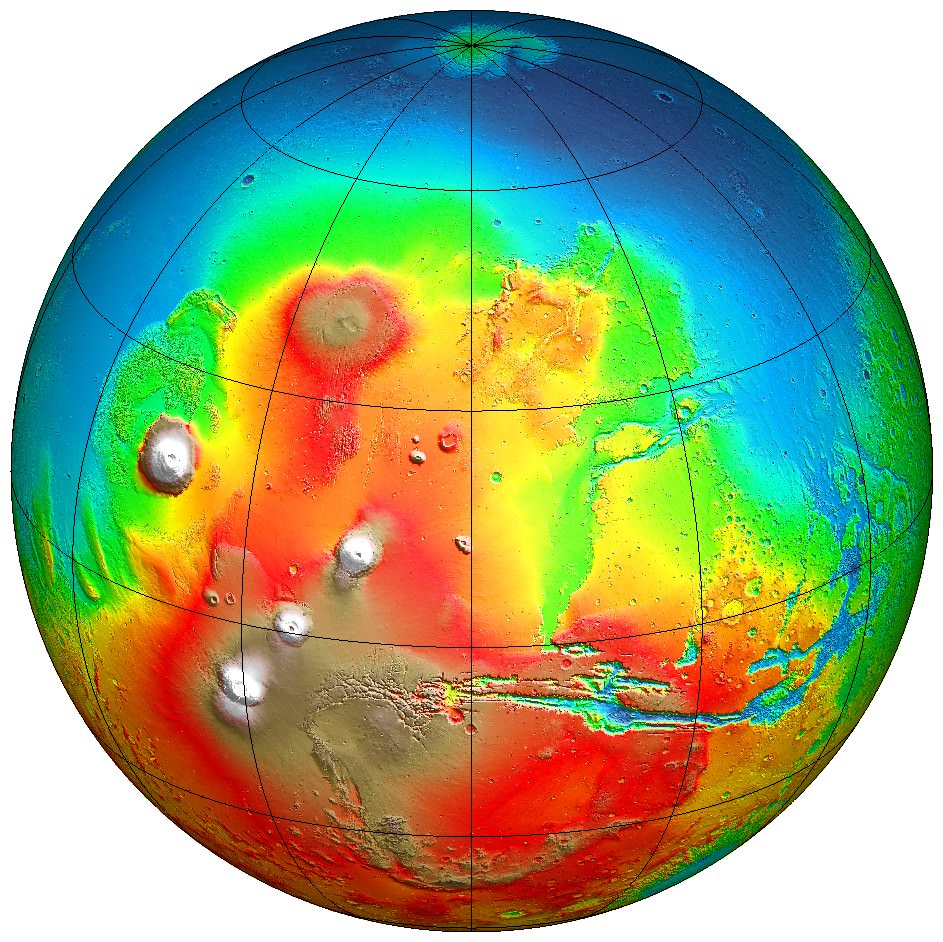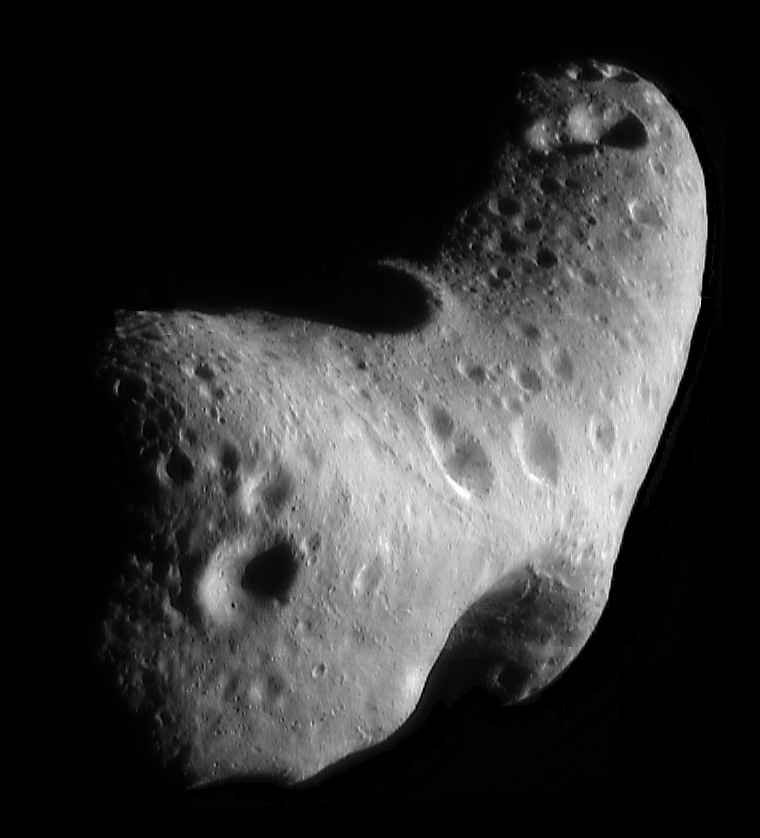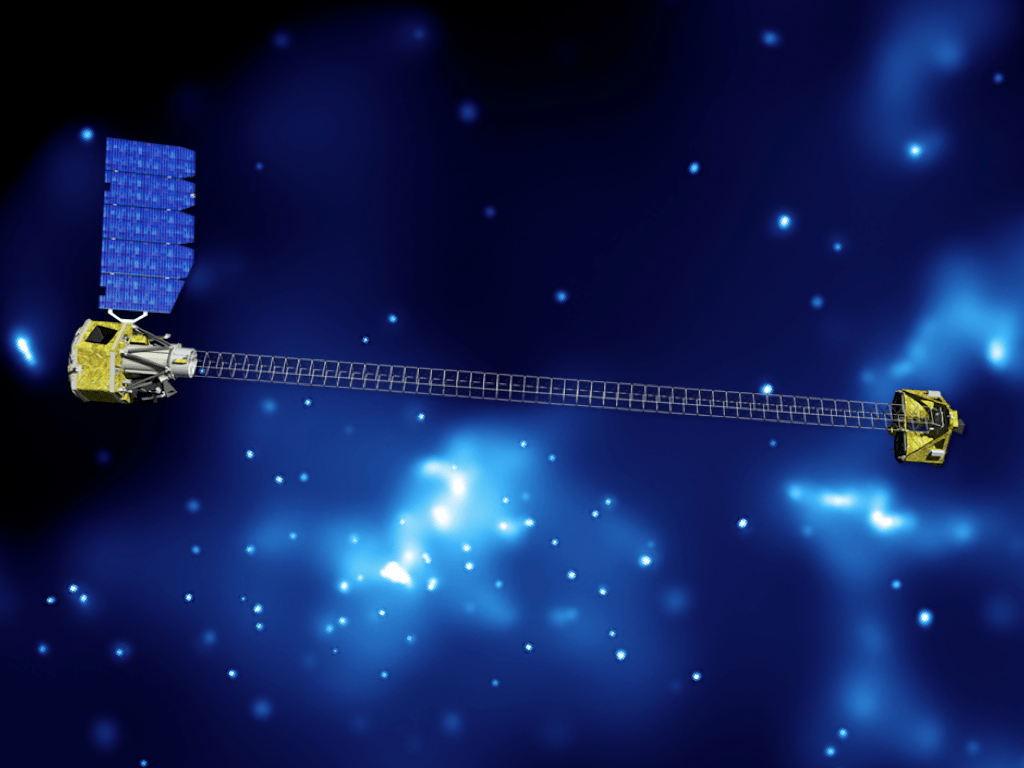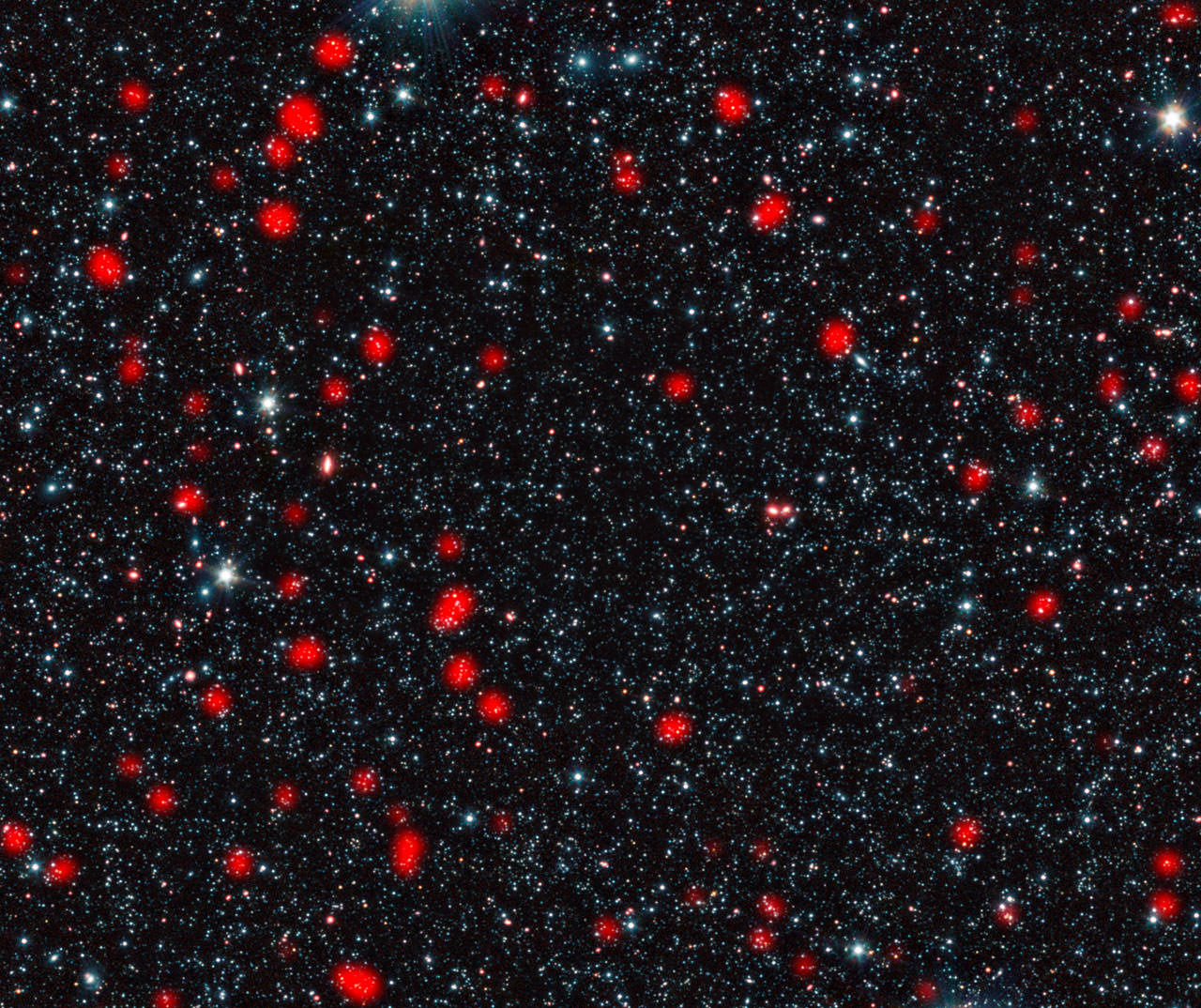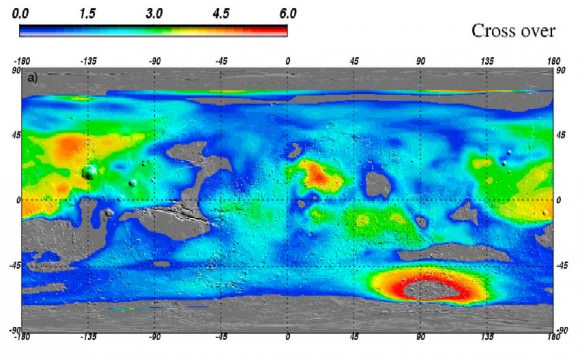[/caption]
For a long time now, evidence has continued to indicate that Mars was once a water world – near-surface groundwater, lakes, rivers, hot springs and, according to some planetary models, even an ancient ocean in the northern hemisphere. That last one in particular has been a subject of intense debate; some scientists see evidence for it while others do not. Even if it was there, it may have been a warm ocean or it may have been colder, like the polar seas here on Earth. The prospect of an ocean of any kind on early Mars is an exciting one, regarding the question of possible life way back then. The argument has swung both ways over the years, but now another new report has been published which comes down on the “yes” side.
The results come from the Mars Express Orbiter – specifically its ground-penetrating radar (MARSIS) and they have just been published in Geophysical Research Letters by Jérémie Mouginot from the University of California. The findings reinforce the idea of a large ocean which occupied much of the northern hemisphere, also known as Oceanus Borealis.
The radar has mapped the sedimentary deposits within the region, known as the Vastitas Borealis Formation, which are about 100 metres (328 feet) thick and overlie deeper volcanic deposits. Significantly, the mapping of the dielectric constant showed that the sedimentary deposits left over from the putative ocean differ from volcanic rock – they have a value of about 4-5, while volcanic deposits have a value of 9, 10 or even higher. Pure ice has a value of 3.1.
According to the research team, “Although much is still unknown about the evolution and environmental context of a Late Hesperian ocean, our observations provide persuasive evidence of its existence by the measurement of a dielectric constant of the Vastitas Borealis Formation that is sufficiently low that it can only be explained by the widespread deposition of (now desiccated) aqueous sediments or sediments mixed with massive ice.”
The big question has always been, if there was an ocean, where did all the water go? Additional radar mapping from Mars Express has shown that there are massive amounts of water ice buried beneath the surface, notably at the poles as well as within the speculative shorelines of the old ocean and even closer to the equator than was previously thought. It might seem reasonable to conclude then that much of the water from the ocean, and perhaps other seas or lakes as well, is still there, but now frozen solid.
It’s interesting to note also that the Phoenix lander, which landed within the Vastitas Borealis Formation in 2008, found water ice deposits only a few centimetres below the surface.
“As such, the formation represents the best geologic evidence to date for the existence of an ocean in the Late Hesperian, about 3 billion years ago,” the researchers said.
From the abstract:
A number of observations suggest that an extended ocean once covered a significant part of the Martian northern hemisphere. By probing the physical properties of the subsurface to unprecedented depth, the MARSIS/Mars Express provides new geophysical evidences for the former existence of a Late Hesperian ocean. The Vastitas Borealis formation, located inside a putative shoreline of the ancient ocean, has a low dielectric constant compared with that of typical volcanic materials. We show that the measured value is only consistent with low-density sedimentary deposits, massive deposits of ground-ice, or a combination of the two. In contrast, radar observations indicate a distribution of shallow ground ice in equilibrium with the atmosphere in the south polar region. We conclude that the northern plains are filled with remnants of a late Hesperian ocean, fed by water and sediments from the outflow channels about 3 Gy ago.
The full article can be purchased here ($25.00 U.S.).

